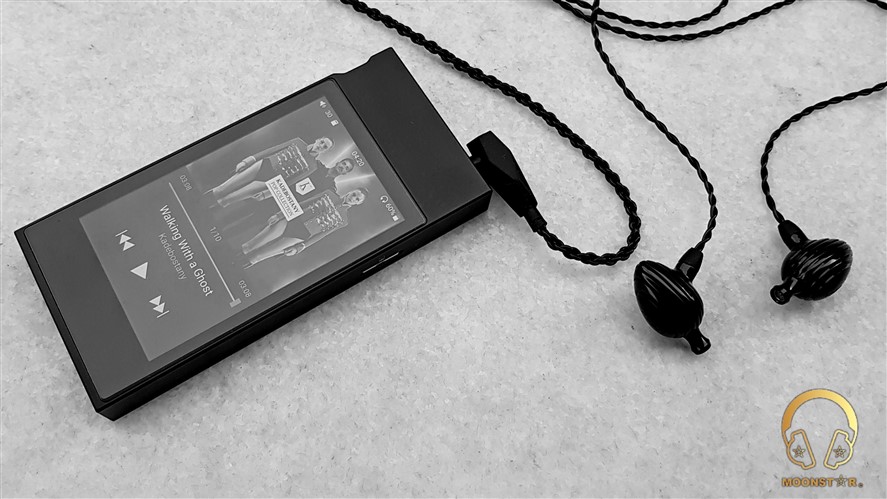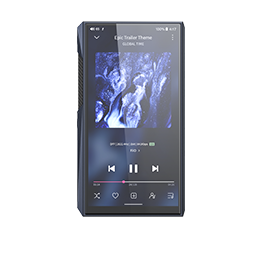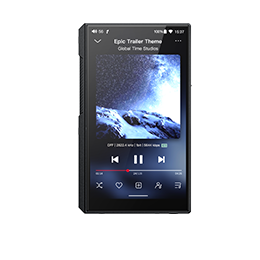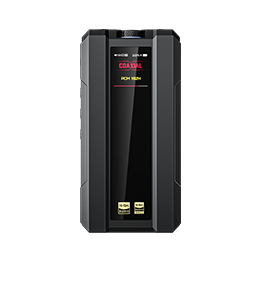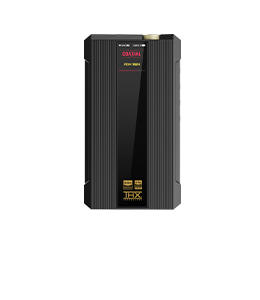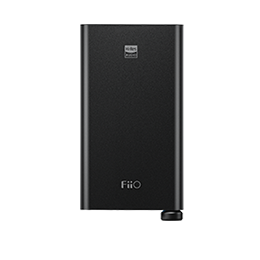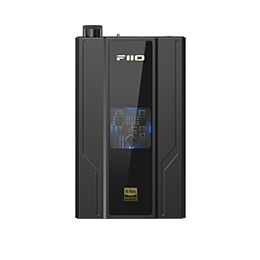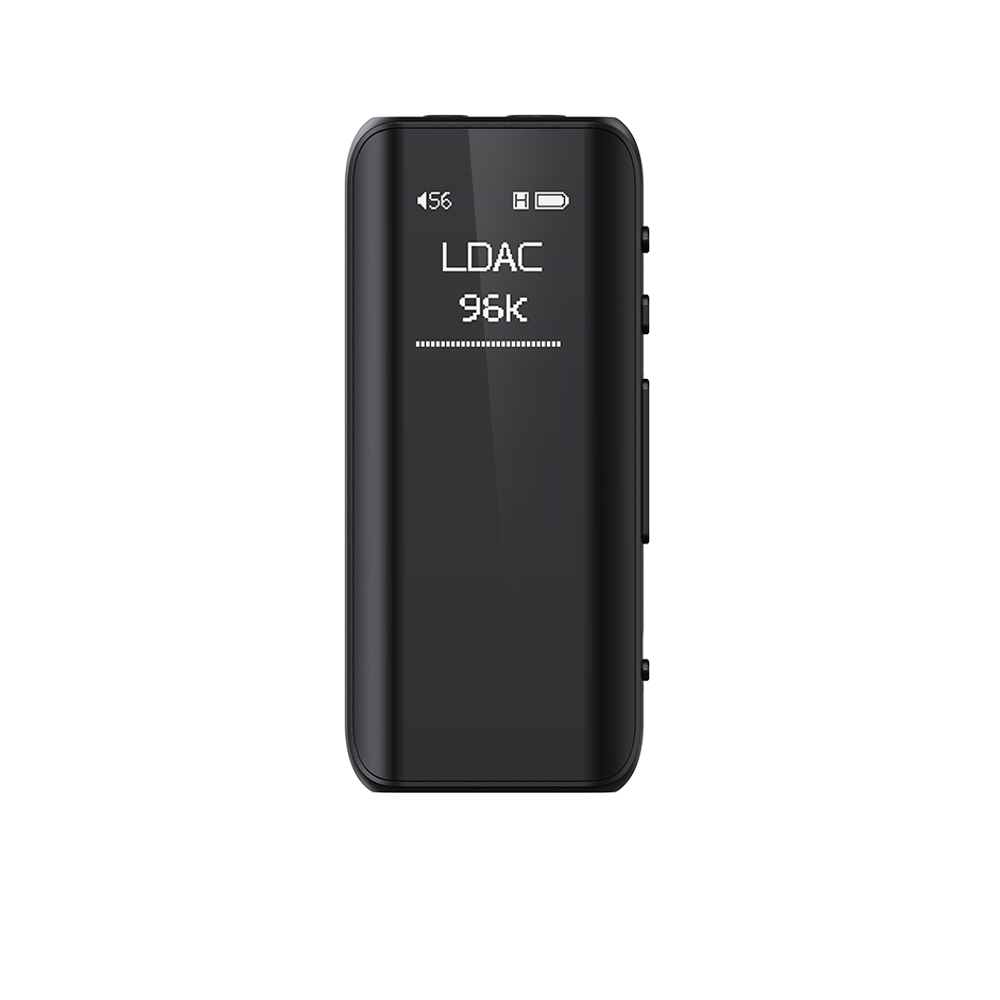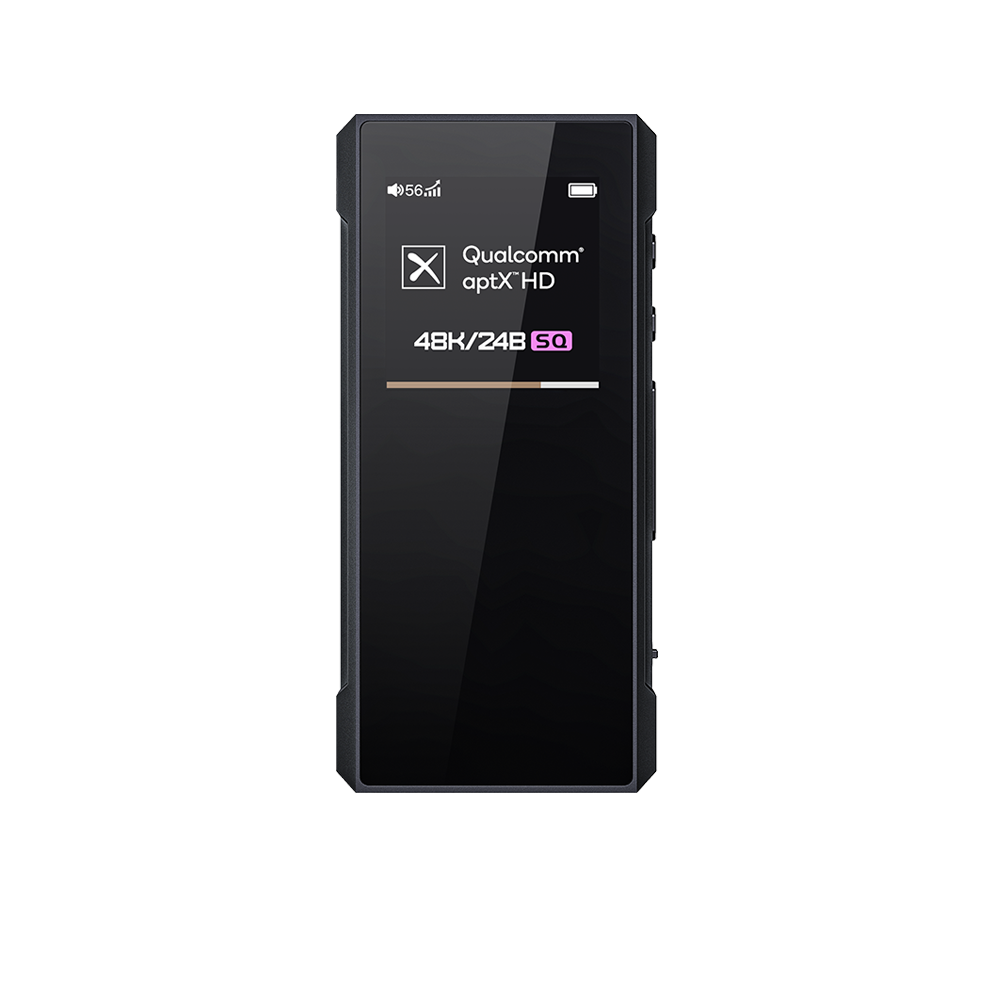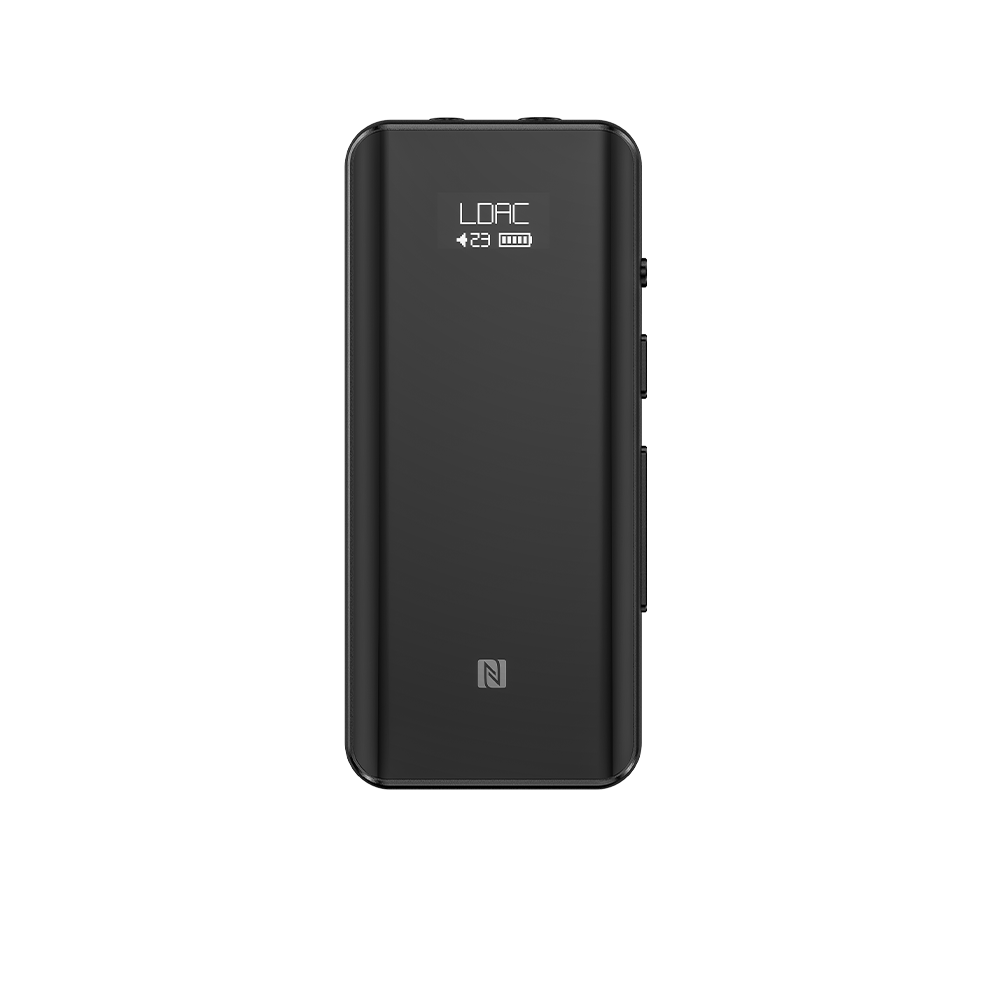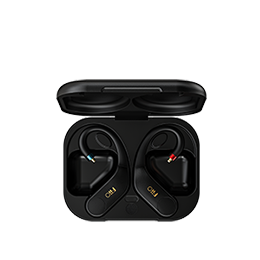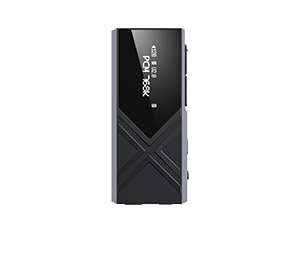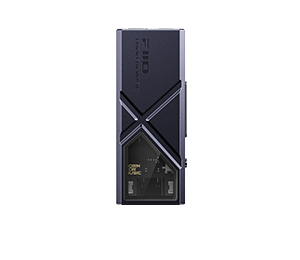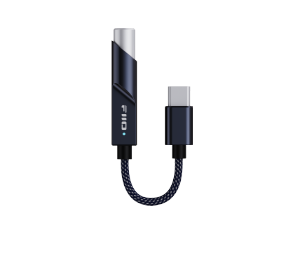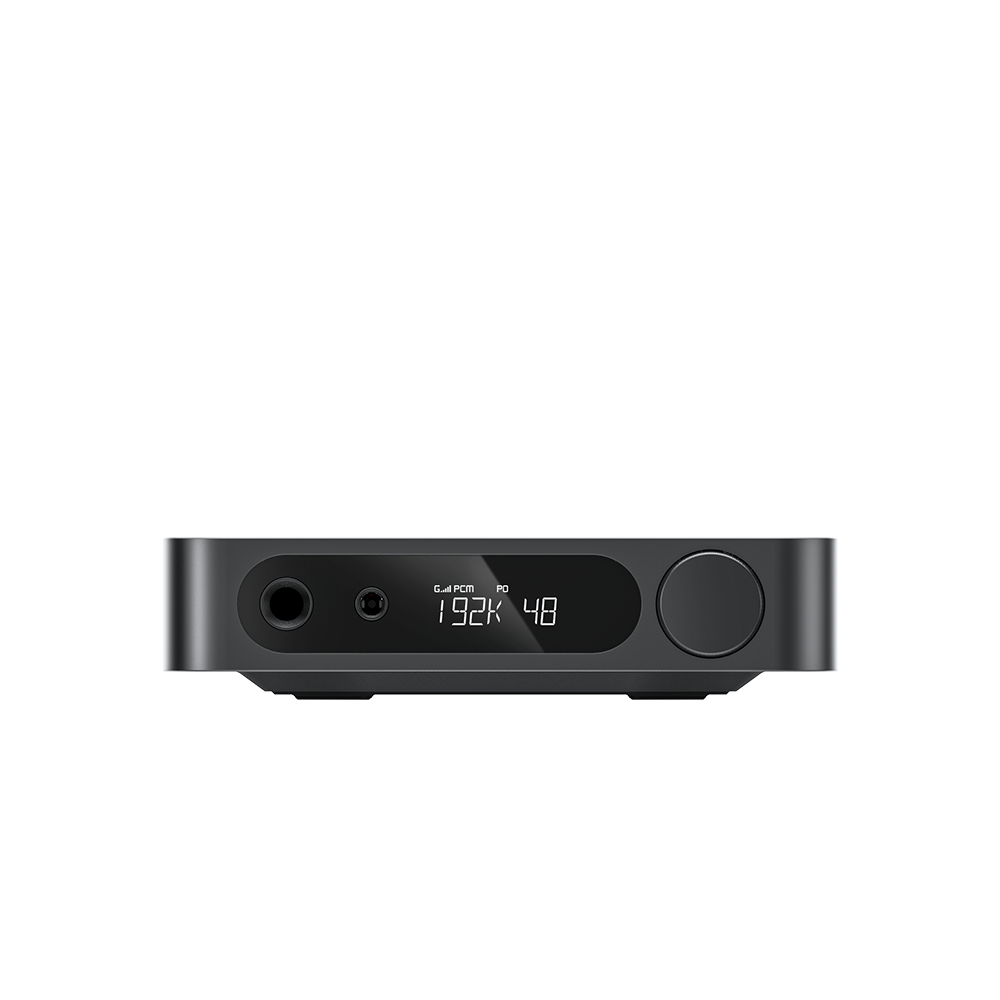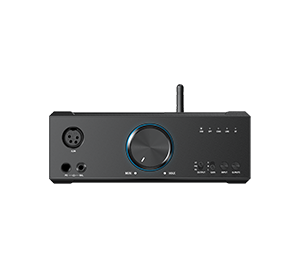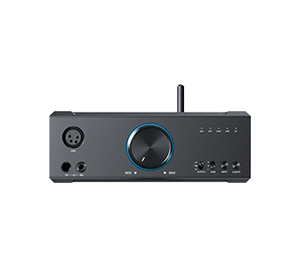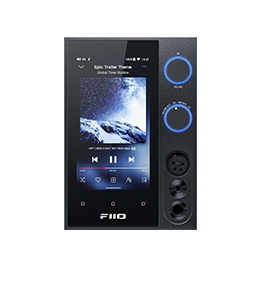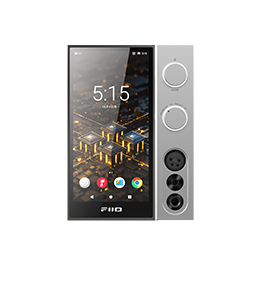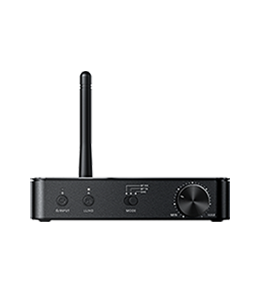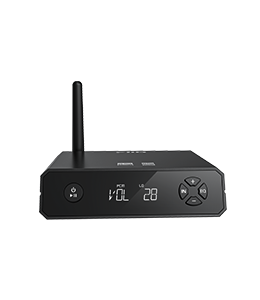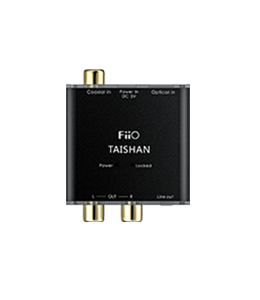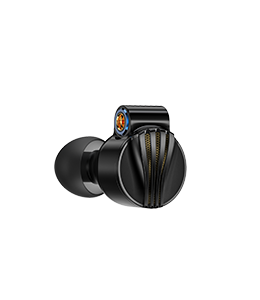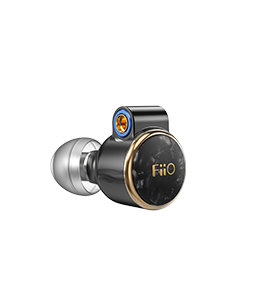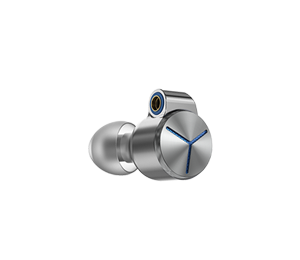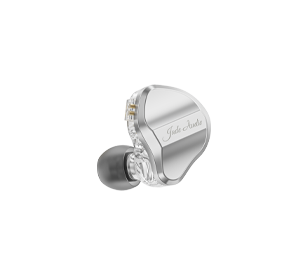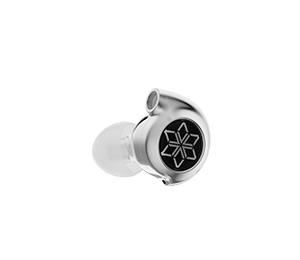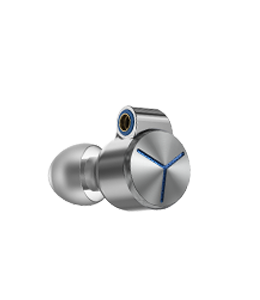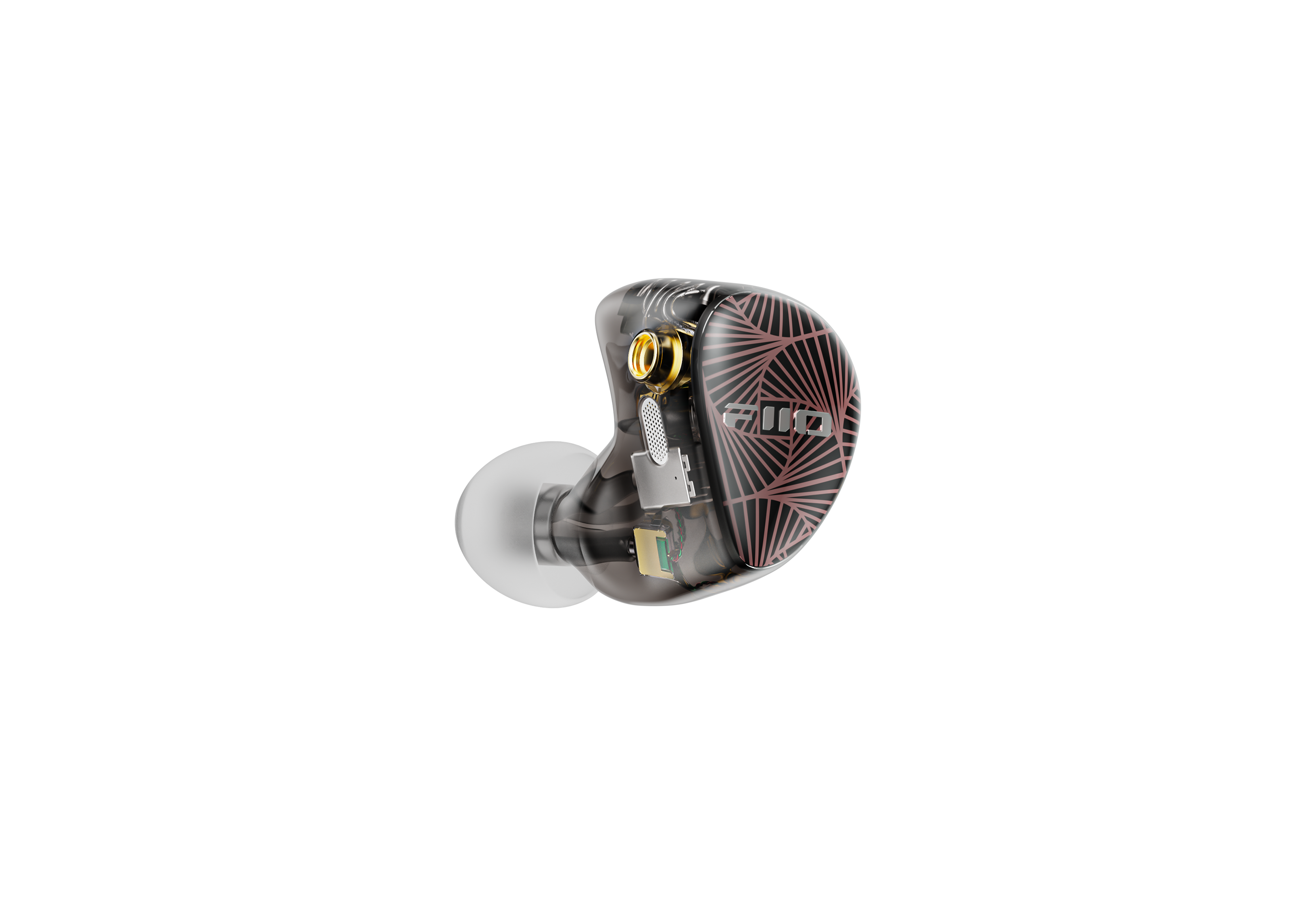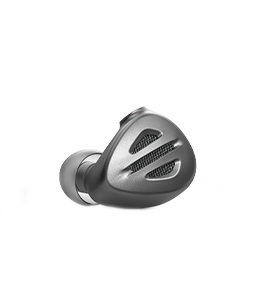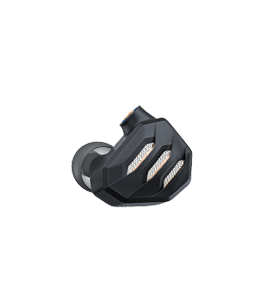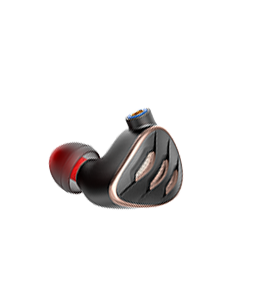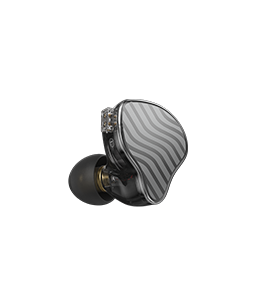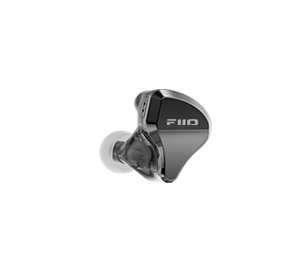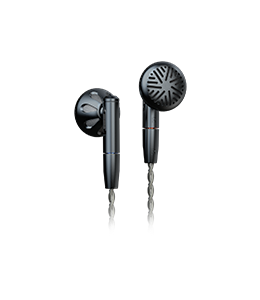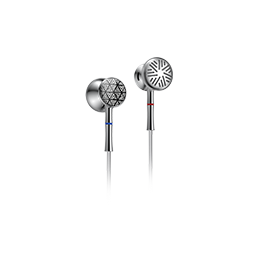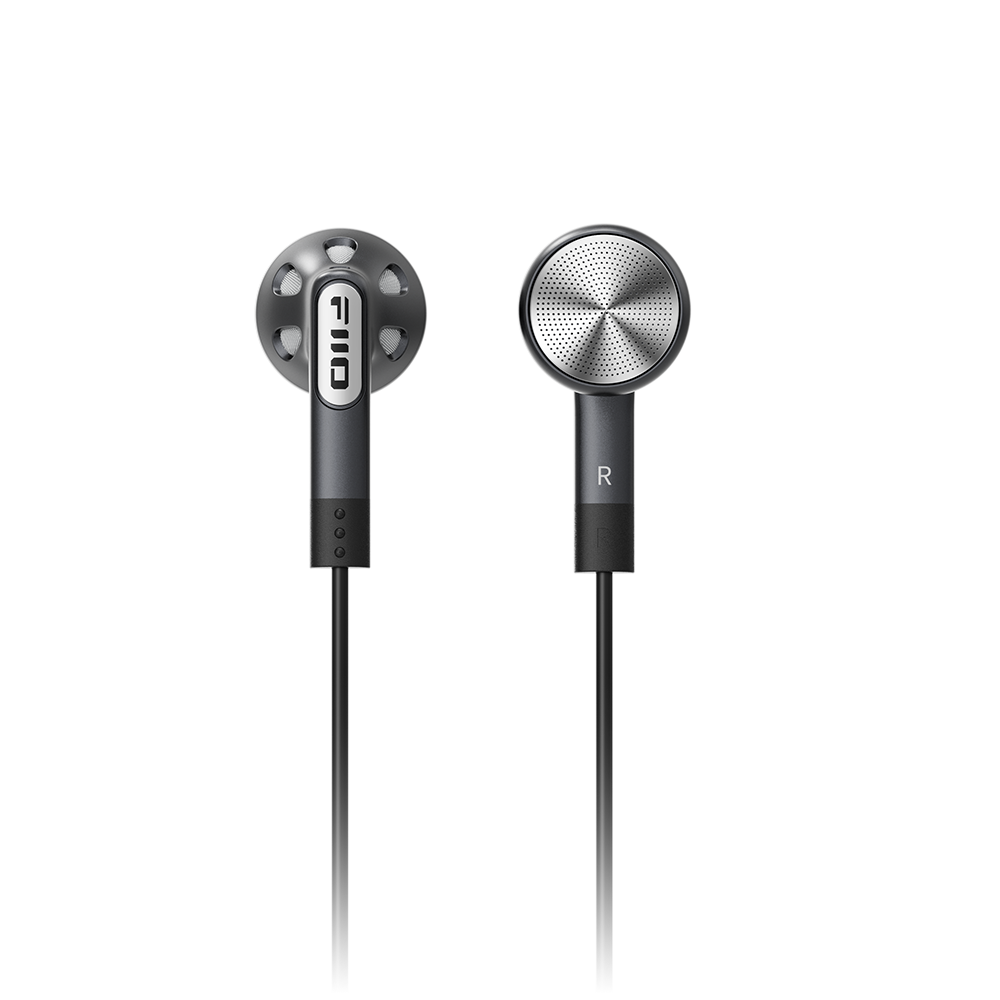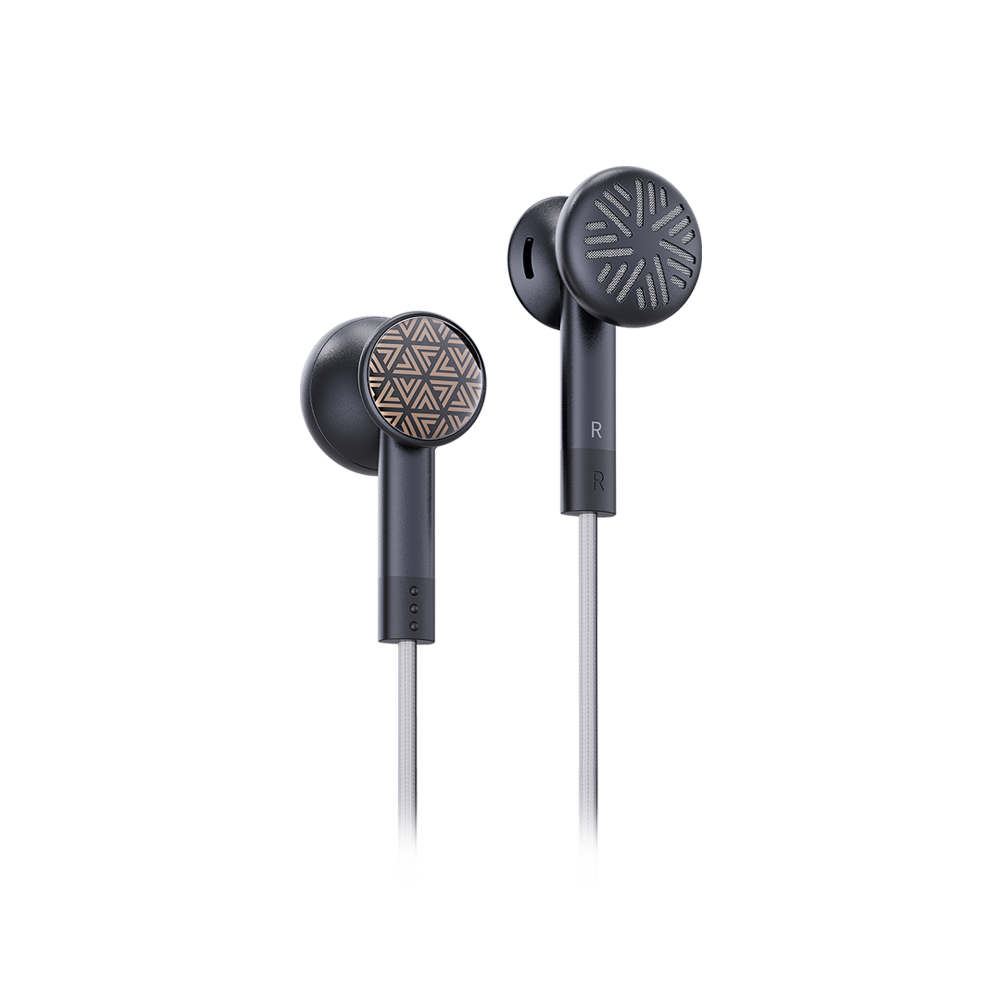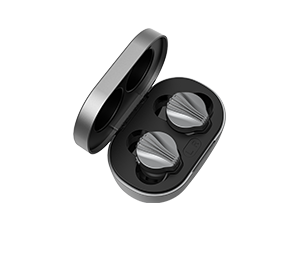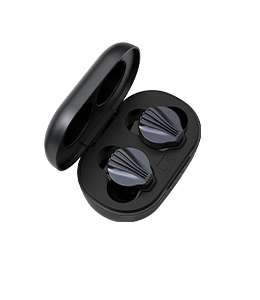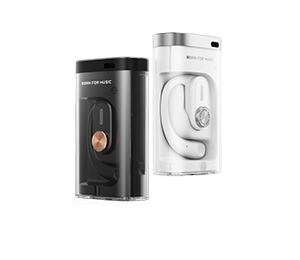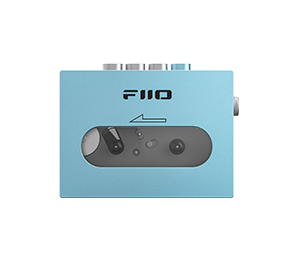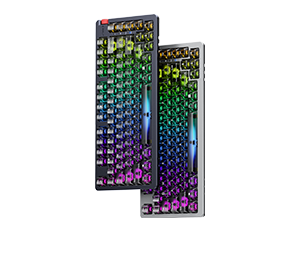FiiO M7 Review
Author: Gökhan AYDIN;
Review from: Moonstar Reviews
→→ Read the original article on Moonstar Reviews: >> Click here
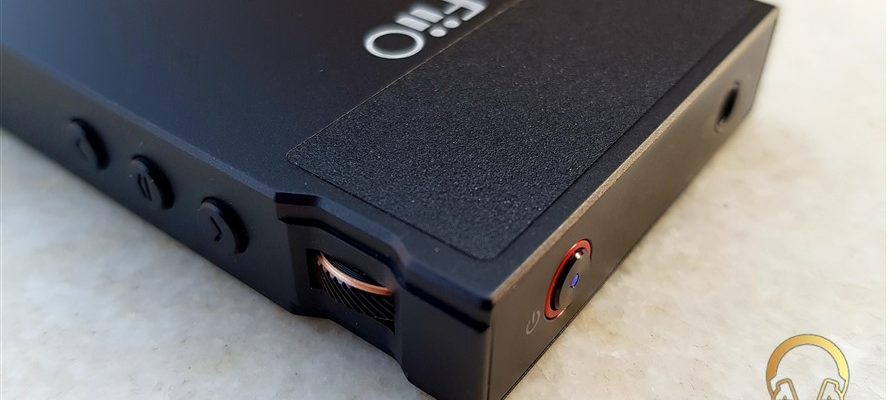
Fiio M7;
The Micro Portable Music Player
Introduction:
Many portable Hi-Fi freaks like me are familiar with Fiio Products; especially the Portable Audio Players of the X line up like X3, X5, X7 (Mark I-II or II).
On November 2015, Fiio launched the Fiio M3, which was the first member of the so called M Series (Micro Portable Music Player). On later April 2018 debuted the Fiio M7 at the Tokyo Headphone Festival Spring, which i will now review for you.
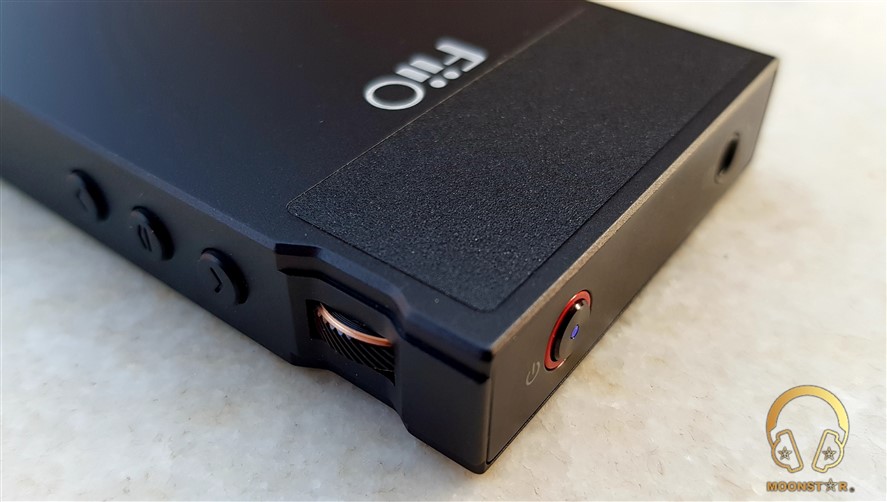
Some Short information’s about Fiio:
FiiO is a Chinese HiFi brand that was established in 2007 and has experience in researching and developing countless portable music products of different types, and sell FiiO-branded products through sales agents worldwide. The brand name FiiO is composed of Fi (fidelity from HiFi) and iO (number 1&0), representing the real feeling and convenient life that digital brings to life.
Meanwhile, the Chinese “飞傲” is the transliteration of FiiO, indicating the positive and innovative spirit as thriving as spring.
Disclaimer:
I would like to thank Fiio for providing me the Fiio M7 as review sample. I am not affiliated with Fiio beyond this review and these words reflect my true and unaltered, opinions about the product.
Price:
The MSRP price for the Fiio M7 is 199,99 USD.
Package and Accessories:
The device comes in a relative small white card-box that sports the product image..
The box is containing the following items/accessories;
1 x Fiio M7 Digital Audio Player (DAP)
1 x USB mini to USB Type-C cable for data cable and charging
1 x Transparent silicone case
1 x Screen protective film (already applied to the screen)
1 x Warranty card
1 x User Manual, etc.
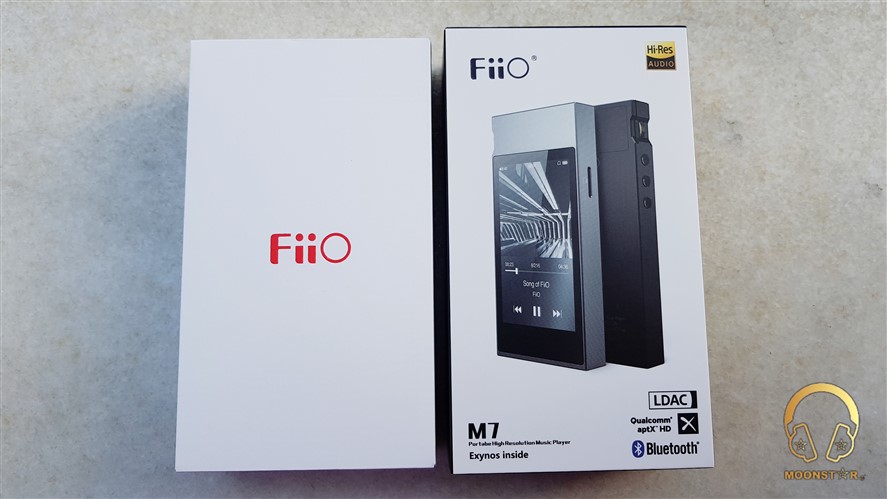
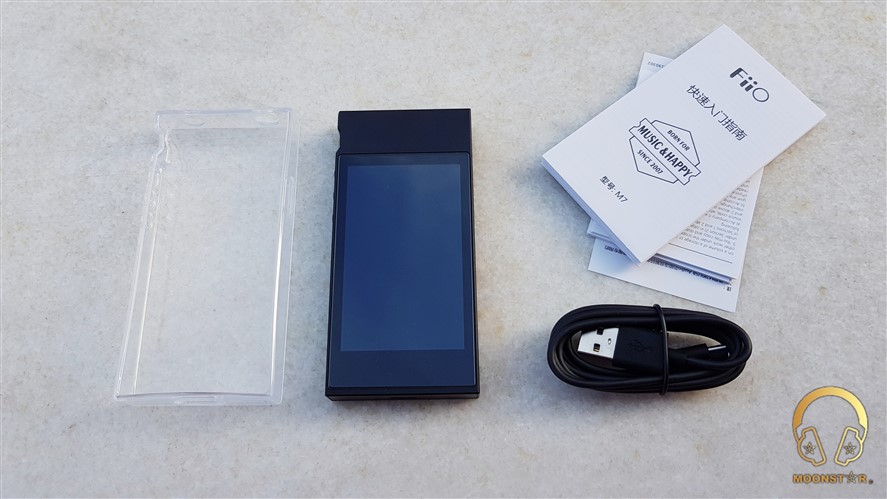
The transparent silicone case that was included to the standard package is a nice addition. There is also a leather case which is sold separately.


Design, Buttons and Build Quality:
The Fiio M7 is a relative small device with a dimension of 109 x 52 x 13 mm and is also pretty lightweight with a weight of 116 grams.
The design of the Fiio M7 reminds me to the second generation Astell&Kern AK120 (aka AK120II) with its rectangle form factor.
The housing of the M7 is made of an anodized aluminum material and is in available in four (4) different color variants, which are blue, red, grey and black like my review unit.
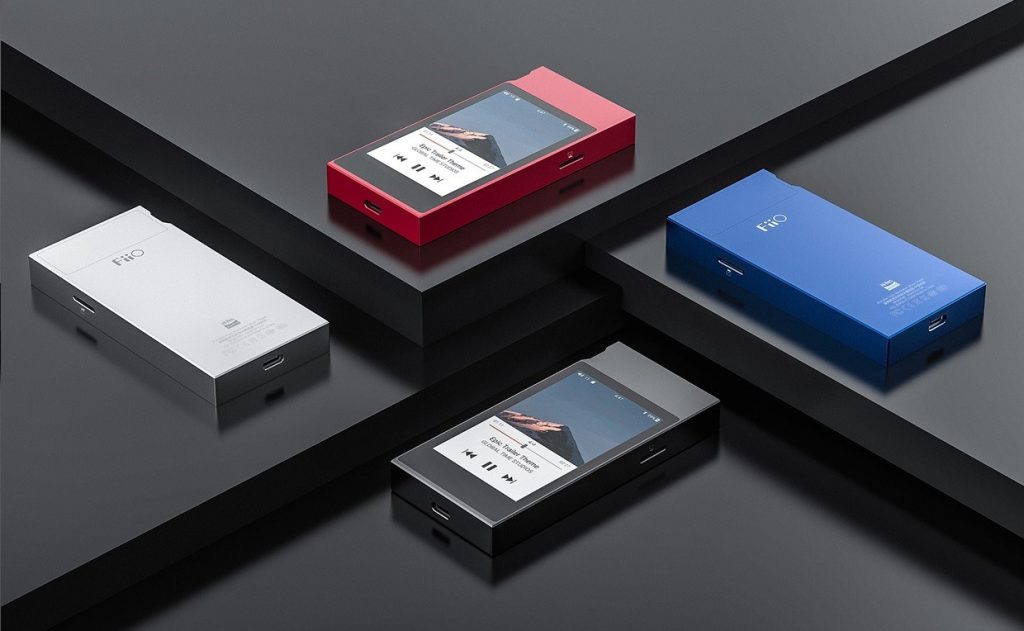
The housing makes a solid appearance and is pretty well made without any noticeable burr or openness and the edges/corners of the device are slightly rounded to avoid sharpness that makes the device more comfortable to hold in my hands.
On the front of the device is the 3.2’’ TFT Touch Screen.

On the right side of the device is one micro SD card slot dedicated for storage expansion, which supports micro SD cards up to 512 GB.

On the Left side are 3 physical buttons which react as next/fast forward, play/pause, back/fast rewind button. There is also a volume wheel with a 60 steps digital potentiometer, which has a very good response.

On the top left corner of the device is a physical power button, which is marked with a red circle. This power button has a built in led light that illuminates in blue while the device is in operation and in red when you plug it to a charger.

The 3.5mm (TRS unbalanced) headphone jack, which reacts also as lineout port can also be found on the top right corner.
On the back side of the device is a plastic part, which should serve as a gate for the Bluetooth antenna. Right under this part is the Fiio logo and on the bottom the Hi-Res Logo and some certificate detail of the device.
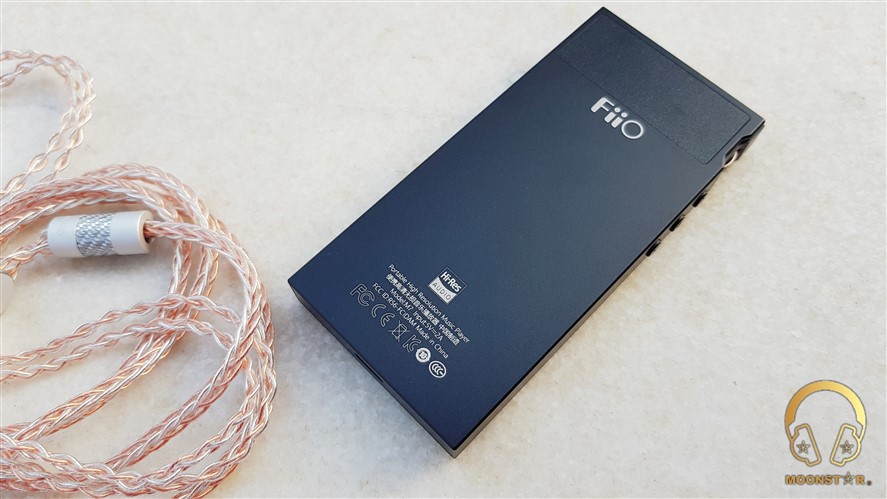
At the bottom is the USB Type C port, which serves as data, digital out and charging port.
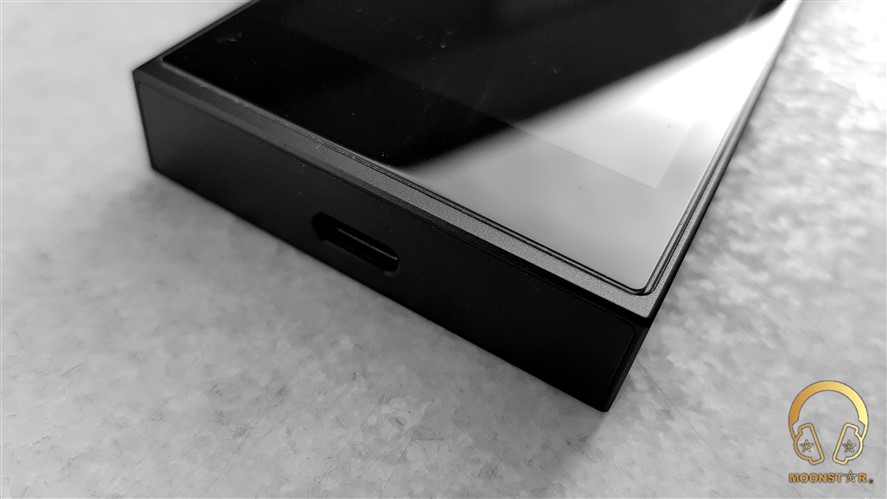
Specifications:
Model : Fiio M7
Operating System : Android OS
Screen : 3.2’’ TFT HD (480×800pixel)
CPU : Exynos 7270 14nm (4 core design)
Bluetooth : Bluetooth V4.2,aptX/aptX-HD supported
Bluetooth chip : SAMSUNG S5N5C10B01-633
DAC : ESS Sabre ES9018Q2C
AMP : onboard AMP Included in ES9018Q2C
Frequency Response : 10Hz~90 kHz(-3dB)
THD+N : <0.004%
SNR : ≥117dB (A-weighted)
Output : 3.5mm Single Ended
Output Power : 70mW@16 Ohm & 40mW@32 Ohm
Output Impedance : <2Ω
Gain Settings : Low & Gain
Internal Storage : 2 GB
Expanded Memory : 1 micro SD card slot up to 256GB
Battery : 1880mAH
Battery Life : about 20hr working hours
USB Port : USB Type C
Size : 109 x 52 x 13 mm
Weight : 116g
Hardware:
The Fiio M7 has some nice hardware specs for a $200,00 device. The M7 sports a Samsung Exynos 7270 SoC (System on Chip) processor instead of a RockChip, which is more common for DAP’s in this price range. This processor is made on the 14nm FinFET process, which should consume according to Fiio, approx. %20 less power than older chips with 28nm process.
According to Fiio is the M7 the first device on the market with a PCB (Printed Circuit Board), which is using a new board technology with a so called 6-layer multi stage HDI (high density interconnect) interconnect with a thickness of 0.8mm that should allow to cram much more functionality into the body of the M7.
The onboard storage capacity of the Fiio M7 is in total 4 GB, but 2GB’s are reserved by the operating system. The M7 has also 1GB RAM (random access memory) of which is 768MB free for use.
a) Screen:
The 3.2” TFT LCD screen of the Fiio M7 has a resolution of 480×800 and pixel density of 292ppi. The screen is quite responsive and has a nice color reproduction and vivid appearance. The maximum viewing angle of the screen is approx 180 degrees. The maximum brightness is pretty good for indoor (home, office, etc.) usage, but could be slightly brighter for the outdoor, because the visibility is dropping significantly under direct the direct sunlight. The screen of the M7 supports also pinch to zoom, which was not possible with the Cayin N5II.
b) DAC and AMP Section:
The DAC (Digital to Analog Converter) used inside the Fiio M7 is the ES9018Q2C chip of the Company ESS Technology with 32-bit, 2-channel audio D/A (Digital to Analog) converter with built in headphone amplifier and output switch. The SoC (System on a Chip) is designed for audiophile-grade portable applications such as mobile phones and digital music players,

The ES9018Q2C is using the ESS patented 32-bit HyperStream™ DAC architecture and Time Domain Jitter Eliminator. The ES9018Q2C DAC delivers a DNR of up to 121dB and THD+N of –115dB.
The ES9018Q2C DAC’s 32-bit HyperStream™ architecture can handle up to 32-bit 384kHz PCM data via I2S, DSD-11.2MHz data as well as mono. Both synchronous and ASRC (asynchronous sample rate conversion) modes are supported.
The Fiio M7 is using a build in amplifier and LPF (Low Pass Filter), which is implanted to the SoC (System on a Chip) together with the ES9018Q2C and output Switch. The amplifier has a output impedance of 2Ω and a power output of 70mW @ 16Ω (THD+N<1%) and 40mW @ 32Ω (THD+N<1%).
c) Drivability:
You have no gain options but the Fiio M7 is loud enough for most IEM’s with an impedance of 32 Ohm. If you want a bit more juice. The M7 is able to drive my Audio-Technica ATH M50 to very loud levels at volume set to 40 (max volume is 60).
d) Connection:
Wired:
The 3.5mm Headphone out of the Fiio M7 is also able to be set as line out access point, which has a power rating of 1.2Vrms (10 kΩ/1 kHz).
The Fiio M7 is also able to be us as USB Digital out. I have tested the device with the Fiio Q5 DAC/AMP that worked flawlessly.
Wireless Bluetooth:
The Fiio M7 is utilizing a Samsung Bluetooth 4.2 chip that supports the aptx-HD codec. The M7 supports also Sony’s LDAC wireless codec which transmits according to Fiio 3 times more data than ordinary Bluetooth audio codec’s.
You should note that the Fiio M7 has only a one way Bluetooth audio transmitting, so that there is no “two way transmission functionality”, that means you can only send music data to other devices like a Headphone, Speaker or DAC/AMP with Bluetooth connectivity, but can’t receive it from other sources like Smartphones, Tablets etc. which could make otherwise the listening of Spotify, Tidal or other online services over the M7 possible.
There is a Menu where you can select the actual Bluetooth codec’s, which you can see below.

* Please note that the Fiio M7 has no built in Wi-fi antenna.
FM Radio:
The Fiio M7 is one of the few DAP’s that has a built in FM radio receiver chip. The Si4705 FM radio chip inside the M7 is sending directly to the ESS9018Q2C DAC chip while the inference is pretty low. There is no built in FM antenna, so you need to connect a headphone to use it as antenna and to activate the FM Radio function.
You can save up to 12 radio station but there is oddly no RDS function, which could possible come with a future update.
The signal strength is pretty good depending of your environment and is even better than my LG V30+ that sports also a FM radio.
e) Battery Life:
According to Fiio specs, the M7 should have a standby time of 40hours, 24hours of Bluetooth connection (volume set to max 60) and should last 20hours over the 3.5mm headphone jack (with MP3 file 44.1kHz/16bit and volume set to 16), which are pretty good values on paper.
After some buttery charging circles, the M7 was able to reach a standby time around approx. 38 hours, 24 hours over Bluetooth connection (paired with the Fiio Q5) and 18-18.5 continuous working hours over the 3.5mm headphone jack (screen off), which are pretty close to the values shared by Fiio.
f) Hissing:
The sound over the 3.5mm headphone jack is very clean with nearly zero hissing and a very clean background, which is pretty good for a device in this price category.
Software and UI (User Interface):
The operating system of the Fiio M7 is based on Android OS, but with a very customized and simple appearance. The GUI (Graphical User Interface) is simple, responsive and easy to use.
The main page are six (6) icons, which are the Fiio Music, FM Radio, File Manager, Gallery, Technical Support and Settings menu.

The Fiio Music Menu gives you access to the Fiio Music Application.
After you select the Fiio Music menu, you will land to the Fiio Music Selection Menu, where you have access to your songs with in categorization, like All songs, Artist, Album, Playlist, Genre or via Folder selection. There are also some shortcuts like recently played, Most Played etc.
The Fiio Music Menu is quite simple and user friendly. The M7 has no physical back button, but you can use the back icon or simply swipe up from the bottom of the screen to the top that reacts as back command, which is quite useful.

When you touch the album art a second menu will appear where you can find some information’s about the actual song, like bitrates, file format, Artist etc.
There are now also some settings like EQ, Add to Playlis or Favorite, etc.

There is a 10 Band Equalizer for manual settings and some ready to use settings like rock, pop, jazz etc., which don’t like to use in any device.
If you select the File Manager icon, you will land in to the menu where you have direct access to shortcuts like songs, pictures and even documents. You have here also direct access to your internal and external storage.

The Settings icon gives you access to menus like Bluetooth, Audio, FM Radio options, etc.

Here are also some screenshots of the FM Radio, Galley and Technical Support menus.

Firmware Update:
The Firmware update is quite simple, you only need to download the update zip file and place it in to the internal storage or micro SD card.
The latest update file is M7 FW1.0.3, which you can find under the link bellow;
http://m7pack.fiio.net/M7-ota-1.0.3.zip
Supported Audio Formats:
The Fiio M7 supports most of the lossless audio formats including native DSD (64 & 128)
Here is a full list of the supported formats:
DSD (DSF and DIFF – 64/128), FLAC, ALAC, APE, WAV, AAC, OGG, MP3, WMA
Equipments used for this review:
DAP&DAC’s : Fiio M7, Hiby R3, Fiio Q5
IEM’s : Fiio F9 Pro, FLC 8N, IMR Acoustics R1, Campfire Audio Polaris
Earbuds : Penon BS1 Offical, Astrotec Lyra Collection (32ohm)
Headphones : Audio-Technica ATH50M, SoundMAGIC P22C
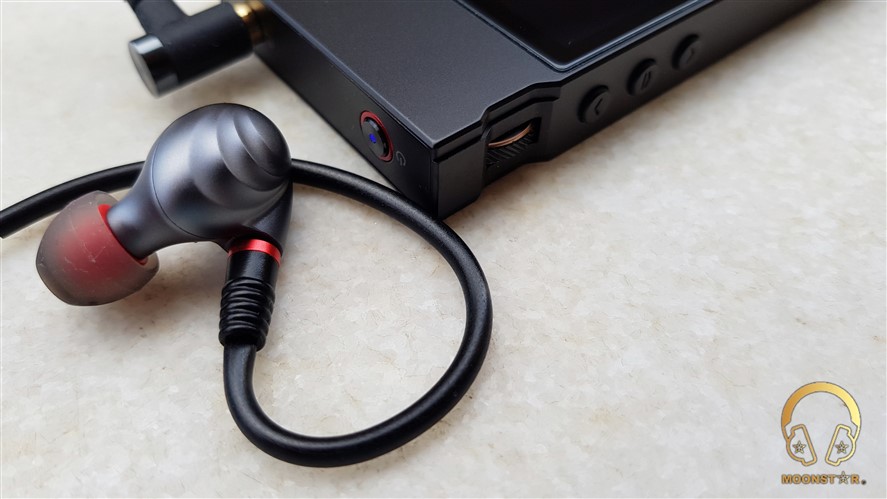
Albums & tracks used for this review:
Minor Empire – Bulbulum Altin Kafeste (Spotify)
London Grammar – Interlud (Live) (Flac 24bit/44kHz)
Laura Pergolizzi – Lost On You “Live at Harvard and Stone” (Tidal Hi-Fi)
Jehan Barbur – Yollar (Spotify)
Vivaldi – Le Quarttro Stagioni “The Four Season” (Tidal Hi-Fi)
Steve Srauss – Mr. Bones (Flac 16bit/44kHz)
Otto Liebert & Luna Negra – The River (DSF) – Binaural Recording
Adam Taylor – Colour to the Moon (Flac 16bit/44kHz)
Casey Abrams – Robot Lover (Tidal Hi-Fi)
Future Heroes – Another World (Tidal Hi-fi)
Lorde – Team (Flac 24bit/48kHz)
Tom Player – Resonace Theory “Album” (Tidal Hi-Fi)
Liquid Tension Experiment 2 – Acid Rain (Spotify)
Opeth – Damnation (Tidal Hi-Fi)
Metallica – Sad bu True (Flac 24bit/96kHz)
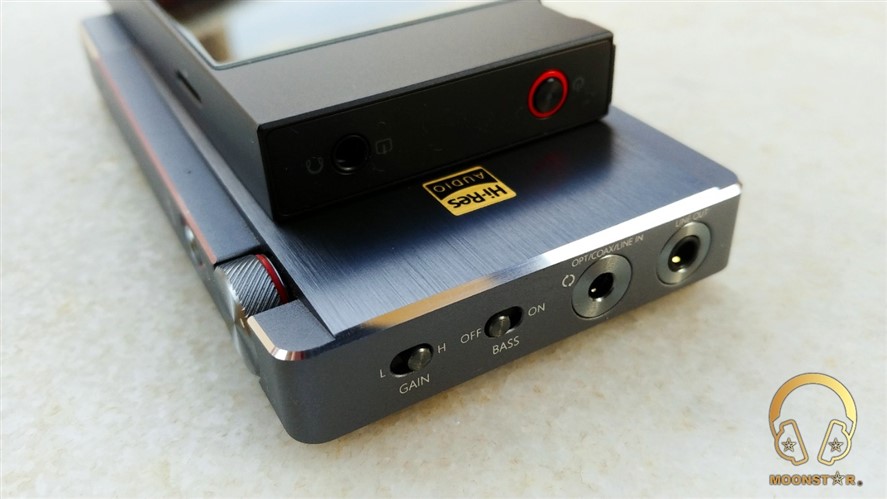
The Sound:
The Fiio M7 have had a burn-in of approx. 150 hours behind it, before this review was written.
Tonality / Bass / Mid / Treble / Soundstage & Imagine:
The Fiio M7 has a general consumer oriented tuning, with a slightly warm and soft tonality and a relative balanced sound signature.
Bass:
The M7 has an energetic and soft bass presentation with a slightly warm and bold tonality.
One of the good characteristics of the M7’s bass presentation is its control capability. The bass is pretty controlled in most tracks I have listened with it.
The bass is maybe not the most detailed on a DAP I have listen before, but it extends pretty well and shares enough detail for the price asked for.
The bass speed is pretty enough genres like metal music, where the speed of the bass is important. It is also able to produce the right amount of punch and depth, extensions and depth for genres like Edm or Trance.
The mid-bass sounds full bodied, slightly bold and relative soft that makes the M7 more successful with instruments like bass guitar or contrabass those needs some fullness. I didn’t notice any mid-bass hump during this review, which should also be noted as positive ability of the M7.
Midrange:
The M7 has some soft, musical and a pleasant to listen midrange with a relative bold characteristic. The midrange of the Fiio M7 doesn’t sound harsh o ear piercing, which makes it to an ideal Player for those who listen to music for long periods. The only negative point of the midrange is the average transparency, which makes the midrange presentation a bit on veiled.
Both, male and female vocals have an equal level of performance. Male vocals sounding in general bold and deep, while female vocals have a soft and emotional presentation.
There is enough space for instruments in the midrange area without any remarkable mixing up. The Fiio M7 performs slightly better with string instruments that have a bold tonality, than those who need a thinner presentation.
The upper midrange of the Fiio M7 is not much emphasized that makes the overall presentation smooth and controlled.

Treble:
The treble range of the Fiio M7 is sharing a relaxing, soft and presentation with a relative short treble extension. The treble doesn’t sound too harsh, bright or sharp, which makes it ideal for long listening periods.
The Fiio M7 is not a detail monster in the treble range and shares a moderate level of resolution. The treble presentation is pretty controlled and doesn’t sounds ear piercing and has an above average extension
The amount of air that is rendered in the treble range is on a moderate level. What I really like about the treble tuning is the presentation of brass instruments, where the tuba really shines.
Soundstage:
The soundstage performance of the Fiio M7 is above average. The stage is moderate deep and wide and there is enough space for instruments and vocal. The soundstage of the M7 has slightly more depth than wideness.
Background Noise:
The most impressing part about the sound performance of the M7 is the pitch black background, which helps to define micro details and by the definition of instruments.

Fiio M7 vs Hiby R3:
Both the Fiio M7 and Hiby R3 have a similar pricing, so that I think that this will be a fair comparison. Please note that the differences in sound quality and tonality are very small.
The Fiio M7 sounds slightly warmer and thicker than the Hiby R3, while both devices can be categorized as DAP’s with entertaining sort of sound tuning.
The bass amount and pressure of the Fiio M7 is superior to the Hiby R3, while the R3 shares slightly more detail and speed in this area. Both devices are sharing the same soft, energetic and controlled bass charter, while I prefer the M7 for its bass guitar and the Hiby R3 for its electro guitar performance.
Both devices are sharing the same entertaining, soft and smooth midrange presentation, while the midrange of the R3 is slightly more forward than those of the Fiio M7. The Hiby has the upper hand for transparency, clearness and for the overall detail. The Fiio M7 on the other hand shares more volume and fullness in the midrange.
Both, the Hiby R3 and the Fiio M7 sharing a better performance with male vocals than female voices.
The treble presentation of the Fiio M7 and Hiby R3 are sharing similarities with the non ear piercing, soft and short treble extension. The Hiby R3 has slightly better treble extension and detail, while the overall treble character of both devices is musical and pretty controlled.
When it comes to soundstage comparison, I could easily say that the difference is minimal. The Hiby R3 has slightly more wideness, while the Fiio M7 shares a lithe bit more depth.

Conclusion:
The Fiio M7 gives you all what you should expect form a $200 USD device. The M7 is a DAP with a warm tonality, which shares a moderate level of detail and a soft/relaxing sound signature. The build quality and battery life is stellar and the fluid UI makes it to one of the good options in this price category.
Pos and Cons:
+ Warm and Musical Tuning
+ Good Build Quality
+ Great Battery life
+ Fluid and Simple UI (User Interfcae)
– A Two-Way Bluetooth Sound Transmission is missing
– No Balanced Out
